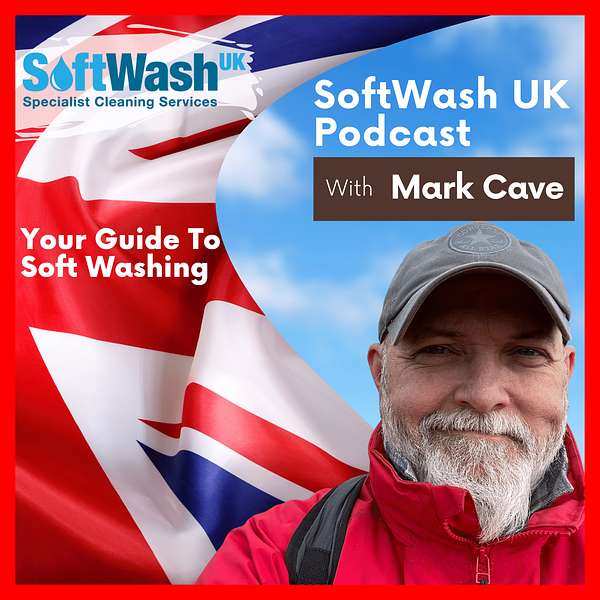
SoftWash UK Notebook LM Learning Podcast
Your Guide to Softwashing. Hello My Name Is Mark Cave and I Am the Owner of Soft Wash UK Ltd and Mr Clever Clean Franchise Ltd. On This Podcast I Will Be Discussing Many Subjects Regarding Softwashing and Also Any New Cleaning Initiatives that Are Entering Into our Cleaning Industry. Please Stick Around and Subscribe to The Podcast so You Can Receive Updates to When We Post New Ones. Many Thanks. Mark Cave. https://www.softwashing.uk#softwashing#softwash#roofcleaning#guttercleaning#patiocleaning#externalcleaning#windowcleaning#rendercleaning#mossremoval#pressurewashing#jetwashing
SoftWash UK Notebook LM Learning Podcast
Essential Role of Risk Assessments and Method Statements in UK Exterior Cleaning: Ensuring Safety, Compliance, and Client Confidence
In the United Kingdom, risk assessments and method statements are crucial for exterior cleaning professionals to ensure the safety of both the cleaning operators and the surrounding environment. Here’s a breakdown of the purpose, expectations, and regulatory guidance relevant to the exterior cleaning industry:
https://www.softwashing.uk/products/risk-assessment-method-statement-rams-exterior-cleaning
1. Purpose of Risk Assessments and Method Statements
- Risk Assessments: A risk assessment identifies potential hazards that could harm the cleaning staff, clients, the public, or the environment during cleaning activities. By evaluating these risks, a professional can implement necessary controls to mitigate or prevent accidents. This is especially important with chemicals like sodium hypochlorite, which, although effective for cleaning, can pose risks if mishandled.
- Method Statements: Method statements outline the specific steps or procedures for conducting the work safely. For example, applying softwashing solutions involves precise techniques (e.g., using the correct dilutions and application methods) and timing to avoid harm to surfaces or unintended bleaching.
2. Expectations from the Exterior Cleaning Professional
- Competency and Training: Professionals are expected to understand chemical handling, including appropriate dilution rates, contact times, and safe disposal methods. Competency also involves knowing which surfaces can be treated with specific chemicals to avoid damage, as well as protecting plants and animals by using rinsing and dilution techniques.
- Environmental Safety: Professionals should implement procedures to protect surrounding plants and soil. For instance, watering down plants before applying chemicals, or covering delicate areas, can prevent unintended damage.
- Compliance and Documentation: Proper documentation of risk assessments and method statements ensures compliance with Health and Safety Executive (HSE) guidelines. Professionals are expected to follow HSE regulations that require a documented plan, especially when using substances like biocides, to prevent environmental contamination and ensure public safety.
3. Role of the Health and Safety Executive (HSE)
- Regulatory Oversight: HSE sets guidelines and regulatory standards for safe chemical use in cleaning, including requirements for biocides to be registered and used according to specific instructions. HSE also mandates that businesses take steps to protect both workers and the public, thus requiring professionals to perform thorough risk assessments.
- Legal Implications: While sodium hypochlorite is legally used in exterior cleaning, HSE emphasizes the importance of adhering to safe handling and labeling regulations. If used incorrectly, HSE has the authority to impose penalties, especially if there is a breach of safety standards affecting public health.
4. Client Expectations
- Safety Assurance: Clients expect exterior cleaning to be completed without risk to their property or the surrounding landscape. Proper risk assessments reassure clients that professionals have identified and controlled hazards that could cause property damage (e.g., staining or bleaching).
- Clear Communication: Clients also expect clear communication about the methods being used, the risks involved, and any preventative measures taken to protect surfaces, such as testing small areas before widespread chemical application.
In summary, UK regulations and industry best practices underscore the importance of risk a
